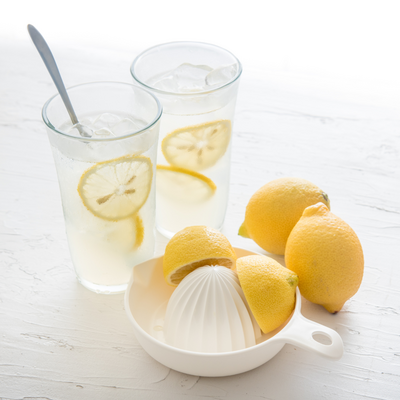
Chūhai
What is Chūhai?
Chūhai is a cocktail of Japanese origin. The word is an abbreviation of ‘shōchū highball’ and it is made with barley shōchū and lemon-flavored carbonated water. It has recently become a more versatile drink that comes in a variety of flavors other than lemon, such as pineapple, orange, lychee, and ume. The shōchū may also be substituted by other alcohol such as vodka.
- This beverage can be both made fresh in bars and sold canned.
- It has a mixture of sweet and sour flavors.
Some popular chūhai drinks include:
- Shōchū Highball Lemon
- C Strong Zero Double Lemon
- Chūhai Hyōketsu Lemon
- Honshibori Grapefruit
- Shōchū Highball Shequasar
- C Strong Zero Double Grapefruit
- Horoyoi White Grape
- Takara Can Chu-Hi Premium
- Sarari Toshita Umeshu Sparkling
- Karori Mediterranean Lemon
Origin
Chūhai was invented in Japan in the postwar period when alcohol was in short supply. Other popular types of alcohol were in short supply, so the Japanese resorted to drinking shōchū, which was easily available. However, it often tasted bad as there were no quality controls in place. Alcohol saloons began to mix it with soda water to make it more palatable and called it chūhai. Decades later, the first packaged chūhai appeared in the stores in 1983, under the brand name of hiLicky.
Nutrition
Nutritional profile for chūhai (1 glass, peach flavor):

Consumption of shochu may reduce the risk of cardiovascular diseases, diabetes, and strokes. Also, it is beneficial for people to move from drinking other high alcohol drinks such as sake and whiskey to drinking shochu. Sodas contain little in the form of nutrition. More often than not, they contain large quantities of sugar and artificial compounds, which can lead to long-term health problems if consumed in excess. The addition of lime during the clarification process and of pepsin has the result of these drinks being good for digestion.
The regular overconsumption of cocktails can also result in major health complications. These include obesity, change in the brain’s functioning patterns, liver cirrhosis, pancreatitis, heart problems, strokes, different types of cancers, as well as impact on general overall immunity.
Commercial production
The chūhai cocktail is made by mixing an alcoholic base, usually shochu, with flavored soda or fruit juice. It is often lemon-flavored but other flavors are also very popular. The cocktail may have an ABV content between 3 to 8 percent.
Chūhai Recipes
Chūhai can come in different flavors. Here are a few recipes to try:
- Classic Chūhai
- Yuzu Chuhai
- Mango Shochu Cocktail
- Ginger Lychee Chuhai
- Hana Hana Highball
- Matcha Highball
FDA regulations
Alcohol is regulated by the TTB (Alcohol and Tobacco Tax and Trade Bureau) unless it is an artisanal product, in which case it is regulated by the FDA. There are strict regulations regarding the governing of any type of distilled liquors. The proper class and type designation is yet to be defined for shochu.
References
Alice Gordenker, What is Chuhai and Why does Alcohol Content Vary Depending on Flavor?, Japanese Food Guide
https://www.japanesefoodguide.com/chuhai/
Kido, Megumi et al. “Acute effects of traditional Japanese alcohol beverages on blood glucose and polysomnography levels in healthy subjects.” PeerJ vol. 4 e1853. 4 Apr. 2016, doi:10.7717/peerj.1853
https://www.ncbi.nlm.nih.gov/pmc/articles/PMC4824916/
National Institute of Alcohol Abuse and Alcoholism, Alcohol’s Effects on the Body
https://www.niaaa.nih.gov/alcohols-effects-health/alcohols-effects-body
